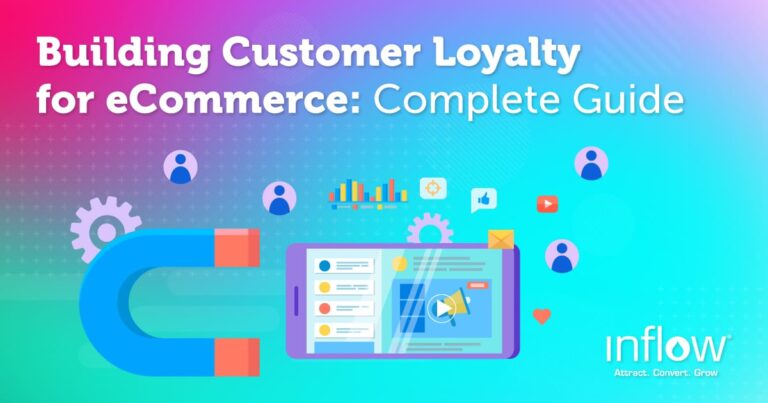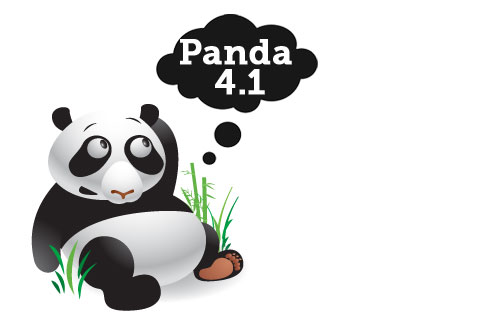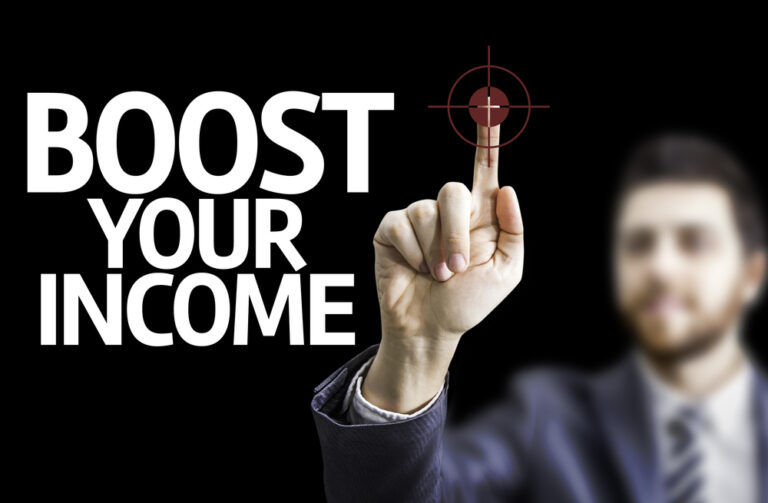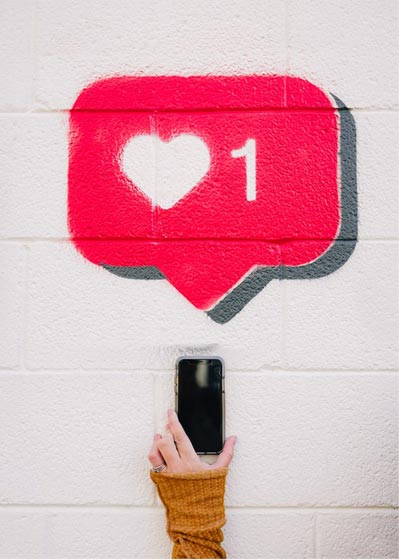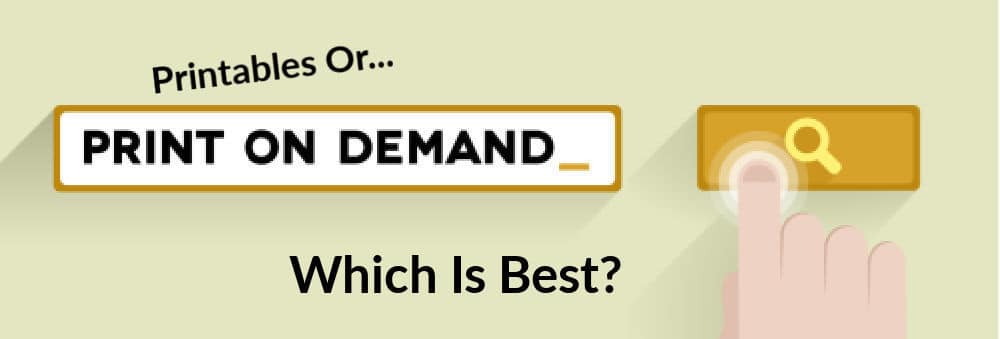
Two of the hottest types of product categories right now are print on demand and printables. Why? In a word: ease!
Because you don’t have to mess with production or stock inventory or hassle with shipping, you’re free to focus on product creation and marketing. But — if you can only choose one — which should it be?
Let’s drill down on the differences between print on demand and printables (digital downloads) so you can figure out which is best for you.
What Is Print On Demand?
In a typical ecommerce setup, you would order (or make) the products and house them as inventory until a customer bought them. Then you would package and ship the item(s) to the customer.
In a print-on-demand situation, you partner with a print-on-demand (POD) company that stocks lots of different blank items. Blanks are products such as coffee mugs in various shapes and sizes that don’t have any words or images printed on them. Or cell phone cases of all shapes, sizes, and colors that have no type of design on them.
You (or your team) create the quotes, funny saying, designs, or photos to go on the mugs, cell phone cases, or hundreds of other products. You list these items on your website, or Etsy, on Amazon or other ecommerce platforms showing your designs on the POD company’s products.
Then, when a customer buys a mug (for example), the order is forwarded to the POD outlet. They print the mug on demand at the time of sale and they ship it to your customer.
What can be sold through print-on-demand? The variety of items is huge!
Print-On-Demand Books
POD journals, workbooks, calendars, planners, and other print-on-demand books are all the rage on Etsy and Amazon right now. They are simple to create, and easy to tailor to a variety of niches. For example, you can feasibly create the core of one print-on-demand book, duplicate it, add a customized cover specific to a particular niche, and you’ll have an entirely new product ready to go in just minutes.
Just as with the coffee mugs mentioned previously, print-on-demand books are printed when there is a demand (purchase). That means print-on-demand books have many of the same benefits as other POD products: no need for inventory, no upfront production costs, shipping handled by the printing company, etc.
Outlets including Amazon Kindle Direct Publishing (KDP) give you an easy way to have your books produced as ebooks in Kindle format as well as print-on-demand paperback books.
You will need to create an exceptional book listing in order to sell your masterpiece. This will help.
Print-On-Demand T-Shirts
Print-on-demand products can also be found in the clothing category with T-shirts being the most popular. Print-on-demand T-shirts take you to a whole new level of POD because T-shirts have more room to print on than mugs or other products. What might not fit on a small item can easily be displayed with clarity on a T-shirt.
What else?
/* .tcb-flex-col { padding-left: 0px; }[data-css=”tve-u-335f1f10053d91f”] { width: 95%; float: none; margin: 0px auto !important; padding-right: 0px !important; padding-top: 25px !important; padding-left: 10px !important; }[data-css=”tve-u-15f1f10053d8ff”] { padding: 20px 20px 0px !important; margin-bottom: 20px !important; }:not(#tve) [data-css=”tve-u-305f1f10053d91c”] button { border-color: rgb(85, 85, 85); font-size: var(–tve-font-size, 23px); font-weight: var(–tve-font-weight, var(–g-regular-weight, normal)); background-image: none !important; background-color: rgb(253, 145, 0) !important; }[data-css=”tve-u-305f1f10053d91c”] { –tve-font-size:23px; –tve-font-weight:var(–g-regular-weight, normal); }[data-css=”tve-u-275f1f10053d919″]::after { clear: both; }[data-css=”tve-u-175f1f10053d90f”] { font-size: 15px !important; font-family: Verdana, Geneva, sans-serif !important; }[data-css=”tve-u-255f1f10053d917″] { font-size: 15px !important; }[data-css=”tve-u-165f1f10053d90e”] { font-size: 15px !important; }[data-css=”tve-u-115f1f10053d909″] { font-family: Verdana, Geneva, sans-serif !important; font-weight: 400 !important; font-size: 25px !important; color: rgb(59, 128, 182) !important; }[data-css=”tve-u-205f1f10053d912″] { font-size: 15px !important; }[data-css=”tve-u-225f1f10053d914″] { font-size: 15px !important; }[data-css=”tve-u-245f1f10053d916″] { font-size: 15px !important; }[data-css=”tve-u-115f1f10053d909″] strong { font-weight: 800 !important; }:not(#tve) [data-css=”tve-u-95f1f10053d907″] { font-weight: var(–g-bold-weight, bold) !important; }[data-css=”tve-u-155f1f10053d90d”] { font-size: 25px !important; font-family: Verdana, Geneva, sans-serif !important; color: rgb(59, 128, 182) !important; }[data-css=”tve-u-105f1f10053d908″] { font-size: 18px !important; }[data-css=”tve-u-145f1f10053d90c”] { font-size: 18px !important; }[data-css=”tve-u-195f1f10053d911″] { font-family: Verdana, Geneva, sans-serif !important; }[data-css=”tve-u-215f1f10053d913″] { font-family: Verdana, Geneva, sans-serif !important; }[data-css=”tve-u-235f1f10053d915″] { font-family: Verdana, Geneva, sans-serif !important; }[data-css=”tve-u-265f1f10053d918″] { font-family: Verdana, Geneva, sans-serif !important; }}@media (max-width: 767px){[data-css=”tve-u-05f1f10053d8fc”] { background-image: none !important; }[data-css=”tve-u-325f1f10053d91e”] { text-align: center; background-image: none !important; }[data-css=”tve-u-25f1f10053d900″] { background-image: none !important; }[data-css=”tve-u-55f1f10053d903″] { padding-top: 0px !important; }[data-css=”tve-u-45f1f10053d902″] { background-image: none !important; margin-bottom: 0px !important; }[data-css=”tve-u-75f1f10053d905″] { background-image: none !important; }[data-css=”tve-u-15f1f10053d8ff”] { padding-bottom: 20px !important; margin-bottom: 0px !important; padding-left: 10px !important; padding-right: 10px !important; }[data-css=”tve-u-85f1f10053d906″] { padding: 10px 0px !important; background-image: none !important; }[data-css=”tve-u-285f1f10053d91a”] { max-width: 336px; margin-top: 0px !important; padding-top: 0px !important; margin-right: auto !important; margin-left: auto !important; background-image: none !important; }[data-css=”tve-u-335f1f10053d91f”] { width: 120px; margin-left: auto !important; margin-right: auto !important; margin-bottom: 10px !important; }}
/*]]>*/
/**/
3 Ways To Turn Snippets Of Knowledge Into Fast Cash
These 3 Ways:
- Provide a passive income stream quickly
- Give you immediate exposure
- Drive traffic to your site
- Build your list and community
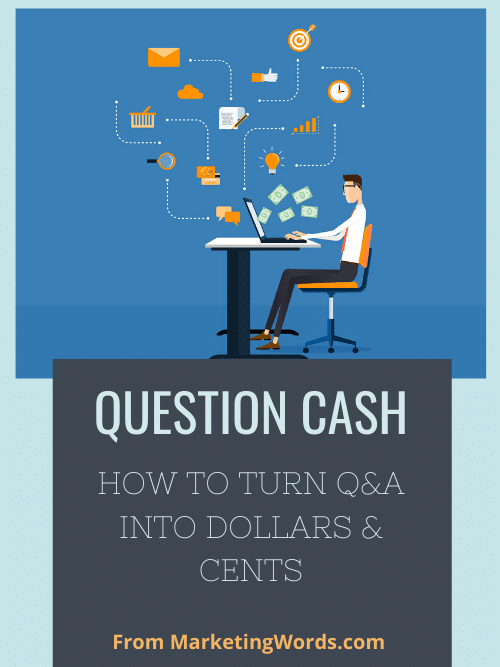
I understand that I will also receive weekly articles & videos plus periodic discounts, product notices & more. I can unsubscribe at any time.
- Stainless steel cups and mugs
- Backpacks
- Tote bags
- Socks
- Underwear
- Aprons
- Facemasks
- Hats
- Wall art
- Blankets
- Pillows
- Laptop sleeves
- Stickers
- And MUCH more!
Pros And Cons Of Print On Demand
Pros
 No special equipment needed. You can pretty much use Canva to design your print-on-demand products and you’re done.
No special equipment needed. You can pretty much use Canva to design your print-on-demand products and you’re done.- Much of the process can be automated.
- No upfront costs. The POD company doesn’t print and ship the product until after your customer has paid. The company will deduct the fees from your sales price and deposit the remainder into your account.
- You’re open to experimenting with new products without being stuck with boxes of unsellable inventory.
- You can quickly make changes to designs to refine them and sell more.
Cons
- You still have to pay shipping. But you can handle that in 3 different ways.
-
- Your customer pays full shipping.
- You add a flat-rate shipping fee to the cost of every order. This covers some of the shipping and you pay the rest — sort of like splitting the shipping fee with your customer.
- You pay the shipping. This is the case when you sell using Merch By Amazon.
- You have no control over the quality of the products. I highly recommend ordering one of whatever you think you want to sell to check it out before you list it on your site.
- You have no control over delivery and it may take longer because the product first has to be made before it is shipped.
- Returns can be tricky. Your customer ordered from one site (let’s say Amazon or Etsy). Then the order was sent to your print-on-demand partner’s site. They make and ship the item. So if the customer needs a return or exchange, who do they ship the item back to? You’ll want to work out these logistics and create a clear return policy that is easy for customers to understand.
- There are real dangers of intellectual property rights violations that can get your account shut down. Be careful! Check for trademarks and copyrights before you use a saying, quote, graphic, or photo on any print-on-demand products.
Print-On-Demand Tools
- Automate Print-On-Demand Book, Journal, Workbook Creation — Amy Harrop has developed software that will allow you to create 10 books / journals in about 1 hour. It’s called Plug & Play Journals. It offers online access so there are no worries about compatibility with PCs or Macs. Plus, the cost is a one-time fee, not a monthly charge.
- Create & Market Print-On-Demand T-shirts — Merch Informer offers software (with a monthly access fee) that enables you to design and sell T-shirts on multiple marketplaces including Amazon, eBay, Etsy, Redbubble, and more. Merch Informer also includes a complete training course on making and selling print-on-demand T-shirts.
- Produce Custom Puzzle Books — With Instant Puzzle Generator, you can design wordsearch puzzle books in under 5 minutes that you then sell through Amazon’s KDP program.
- 5 Unique Printable & Print-On-Demand Products – In this training, Amy Harrop dives deep into 5 unique niche products sellers of printables and print-on-demand products can stand out with.
What Are Printables?
Printables are electronic files customers buy then print on their own printers. Think of digital downloads on Etsy. (You can also find digital downloads / printables on Amazon.)
You might purchase a back-to-school checklist packet for a few dollars. After you pay, you would be given access to a digital download through your Etsy account. You’d open the file and print out the checklists, etc., on your printer.
What Can Be Sold As A Printable?

You name it! Practically anything that can be printed out by the customer. This includes:
- Daily, Weekly, Monthly Calendars
- Planners for everything from back-to-school and budgets to birthday parties.
- Tracking sheets for any and everything: diabetic blood glucose testing, kids’ chores, daily social media posting, exercise, eating your veggies… anything!
- Meal Planners
- Fancy letters
- Word art
- Quotes
- Frameable art
- Crossword puzzles
- Coloring pages for kids or adults
- Debt payment plan
- Wedding, baptism, funeral orders of service
- And on it goes!
Pros And Cons Of Printables
Pros
- If it will fit on an 8.5 x 11″ sheet of paper, it can be a printable! I’ve personally paid $5 each for very large punctuation marks in unique fonts that I used for frameable artwork on my office wall.
- They are quick and cheap to make. Most can be done with Canva or other tools.
- They are a snap to deliver.
- They have practically no overhead and are highly profitable.
Cons
- One of the biggest cons of digital downloads on Etsy or any other site is that they must be able to be printed on an 8.5 x 11″ sheet of paper. So large banners are out automatically.
- The quality of the printable is very much dependent on the customer’s printer. If they have an old and/or cheap printer that offers low-quality output, their printables won’t look very good. Managing expectations by including a statement about this in your listing can go a long way toward preparing customers.
- When using quotes, sayings, images, etc., you do need to make certain you aren’t violating trademarks or copyrights. Be careful! Check for trademarks and copyrights before you use a saying, quote, graphic, or photo on any printables you create.
Printables Tools
- Build One-Year Planners In 5 Minutes — Thrive Anywhere offers a Weekly Planner Builder that empowers you to craft custom planners (of any length) very quickly. Watch the demo on their web page, and then save $10 off with code KARON10.
- Canva — A great resource for ideas that you can quickly convert into custom printable designs.
- PicMonkey — Similar to Canva, PicMonkey offers templates and design ideas that you can customize.
- 5 Unique Printable & Print-On-Demand Products – In this training, Amy Harrop dives deep into 5 unique niche products sellers of printables and print-on-demand products can stand out with.
Print On Demand vs. Printables: Which Is Best?
That depends on your preferences. Here are some things to consider as you decide which is best for you:
- With both printables and print on demand, you’ll be working with digital files. Neither one requires physical inventory.
- If you use quotes, images, photos, sayings, and the like, you’ll need to be aware of trademark and copyright laws so you don’t get charged with intellectual property violations.
- Printables offer immediately delivery. Print on demand requires a longer lead time because the physical product is produced and shipped.
- Returns are easier with printables and may be a little tricky with print on demand.
- Print on demand requires shipping fees.
- Neither option gives you total control over the product quality.
- Both offer easy ways to develop new products quickly and continually that you can earn semi-passive and passive income from.
If you’re finding it hard to make up your mind, why not give them both a try? That way you can experience the process of each one before you make a final decision.
Have questions about printables or print on demand? Talk to me below!
Other Related Posts You’ll Love
Passive Income Strategy: How to Make Printables to Sell on Etsy, Amazon & More
5 Serious Problems To Beware Of With Low-Content Print-On-Demand Books

